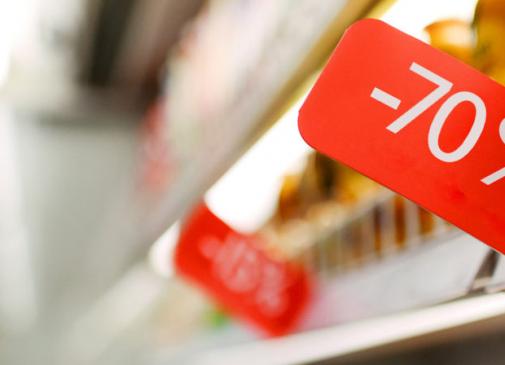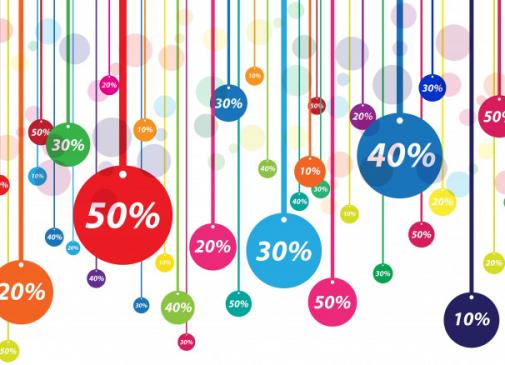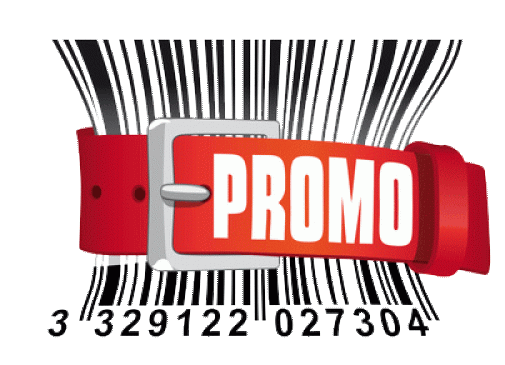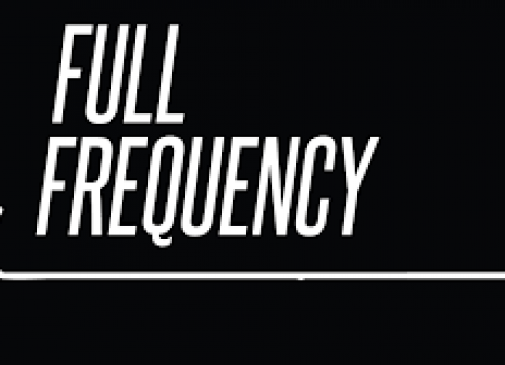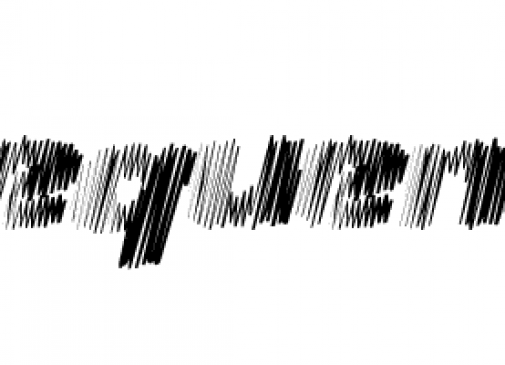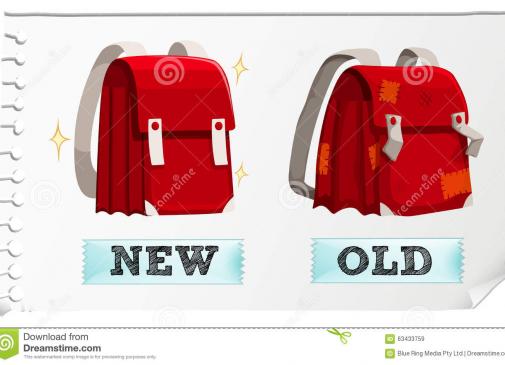Imagine knowing exactly where is every single product in the store. How many are in the backroom? How many are in the backroom? How many are on the shelf? How many are in customers' shopping carts? How many are misplaced on the wrong shelves?
Imagine knowing exactly where is every single product in the store. How many are in the backroom? How many are in the backroom? How many are on the shelf? How many are in customers' shopping carts? How many are misplaced on the wrong shelves?
Imagine customer’s basket being scanned in a moment at once. The customer then pays by himself by cash, card or loyalty card.
RFID has been around in the industry for a while but mostly on cartons or returnable transport items, such as pallets and trolleys.
The problem with using RFID technology with grocery was high prices of tagging all grocery items (tag could have been more expensive then some low-value products). Tags were also temperature and water sensitive but this issue has been solved. As the prices of RFID tags are dropping, technology is becoming more available for retailers.
Future Store, in Moscow, Russia, is a project run by Rusnano, X5 Retail Group and OJSC RTI, where a store has been piloting item-level RFID on grocery items. The project has been very successful and they hope to do a full roll-out in a store within the end of the year 2013.
Nestlé Nespresso, a manufacturer and marketer of brewing machines and ground coffee, is one of several companies testing an RFID-based kiosk by IER, (French manufacturer of self-service terminals) enabling to simplify the purchase process. To make a purchase, shoppers can place a basket filled with the goods they wish to buy into a recessed area within the kiosk where all the products are being scanned and the customer can make a payment by chosen method. By enabling consumers to transact their own purchases, the kiosk frees up a store's staff to focus on advising customers regarding potential purchases. The system also enables a store to update its inventory data automatically as sales are made.

Let’s take a look at main advantages of using RFID in grocery sector:
Less shrinkage
According to the NRSS Final Report, the average shrinkage rate in the supermarket and grocery sector was 2.54 % of total annual sales in 2011. That is a lot for an industry that has an average sales margin of only 3%. The causes of shrinkage are: internal theft 44%, shoplifting 33.3%, administration and paperwork errors 9.9% and vendor fraud 6.3%. The rest is believed to come from credit card, internet, refund frauds etc.
American Apparel implemented item-level RFID and reduced their shrinkage rates by 55%.
By tagging all products with item-level passive UHF RFID tags and equipping all exits with RFID readers, all items attempted to be removed from the premises will be detected, if not sooner, then, by the exit. RFID tags can also be programmed to alert if somebody tries to remove or destroy them. A huge benefit with RFID tags is that they can be very small and hard to detect.
First in First out
In grocery sector keeping a stock of fresh products is extremely important. RFID can help to insure that products are being transferred to the store from the backroom in right order according to the expiration date. Products can automatically scanned at the loading dock reducing all the delays insuring accurate stock.
Automated check-out
RFID scanners can scan all the products in customers’ baskets in seconds as they walk through the gate or when they put the basket in scanning area. The staff at the check-out can help them with their payment or provide additional customer service in the store.
Automatic stock alerts
When all grocery items are tagged separately, RFID readers can monitor how many products there are on the shelves and automatically notify if there is a need for replenishment. The same system can warn if any product is misplaced. This function can be very useful especially with the fresh products that cannot be stored in a room temperature.
With tags getting improved and prices dropping, RFID technology seems more and more suitable and beneficial for retailers. The only question is who is going to be first on the market to implement RFID in all stores. When it happens the rest of retailers will have to follow or compete with very convenient way of shopping that RFID offers to the clients.
Sources:
http://www.rfidjournal.com/articles/view?10667
http://www.rfidarena.com/2013/4/11/grocery-industry-operations-are-facing-a-real-paradigm-shift.aspx

